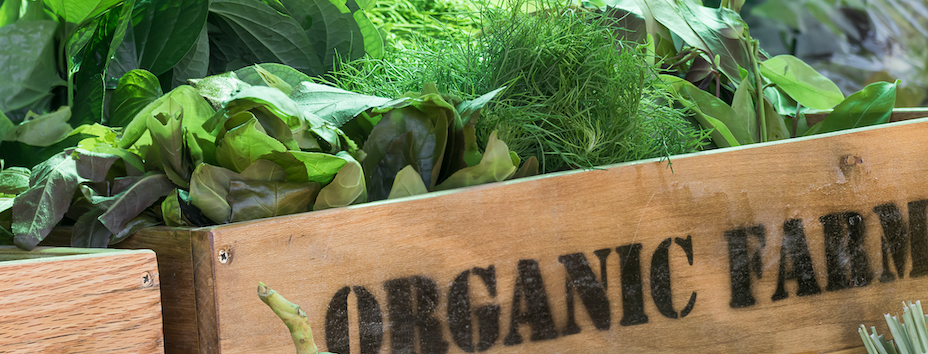11.21.2025
Sausage casings bulletin, November 21, 2025

...

Organic prices have remained steady as demand has continued to hold up well. Organic corn prices are near the lowest they have been in the past 5-years. Most of the demand for organic grains in the US comes from retail demand at grocery stores. Big box stores and supermarkets make up the bulk of the demand in the United States. Grocery store sales in the US have seen a substantial uptick in volume which continues to perpetuate even 6-months after the initial onset of the pandemic.
According to the US Commerce Department, US retail sales hit 62.9 billion dollars in sales in August. This was a decline of about 1.6% month over month compared to July and a 9.6% year over year increase compared to the same period in 2019. The rising tide is lifting all boats, but organic and non-GMO retail sales of poultry, eggs, and dairy are outpacing their counterparts in the conventional space.

What is clear is that there is little demand destruction from rising prices despite the uptick in demand for organic retail proteins at supermarkets and big-box stores. Organic egg prices tumbled in March along with conventional egg prices as farmers throughout conventional eggs as the supply chain was completely disrupted.
Organic prices rebounded sharply in May and June but have since moved back to the trend. The two-year trend line of organic eggs sold in the US is completely flat, which shows that there have been no price pressures despite rising sales. If organic egg prices (as well as dairy and poultry) do to the lack of availability at supermarkets, it would eventually generate demand destruction. This has not occurred.
